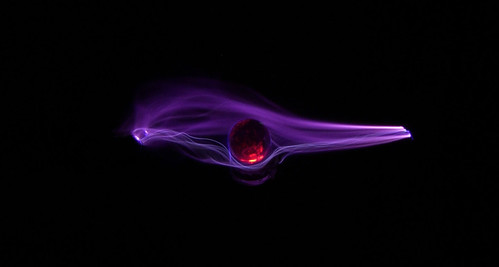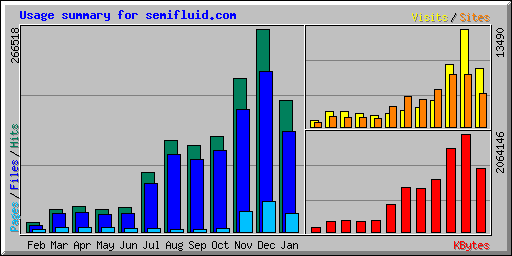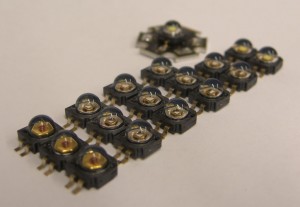Last night a number of events conspired against me and my geeky endeavors:
- My flyback transformer driver was working intermittently for a period of time then suddenly stopped working. It seems as though there is a problem with either the 7805 or the PIC12F683, but I can’t pinpoint the problem because of events 2 and 3 below. I’ll have to double check to make sure that I didn’t accidentally fry any components with, ironically, static discharge.
- My multimeter was accidentally left on the last time I used it, so the batteries were dead and I couldn’t check the voltages at different points in the circuit (to determine whether the PIC was switching the driver MOSFET). Why does this always happen at the most inopportune times?
- My PIC programmer is no longer recognizing any of my PICs. I’m hoping that there’s just a problem with the firmware and that I can fix it by borrowing a friend’s programmer to reflash it, but nothing I could do last night would make the programmer recognize PIC12F675s, PIC12F683s, or PIC16F628s. Maybe this is a sign that I should get an ICD2…
So, in short, it was an overall crappy night. So, here are some of the latest videos with the high voltage flyback transformer zapping some more beer, rum, and just plain arcing just for the heck of it. I’m heading back home tomorrow for Thanksgiving tomorrow, so I won’t be able to debug the problems until I get back. Read More




 A friend at
A friend at